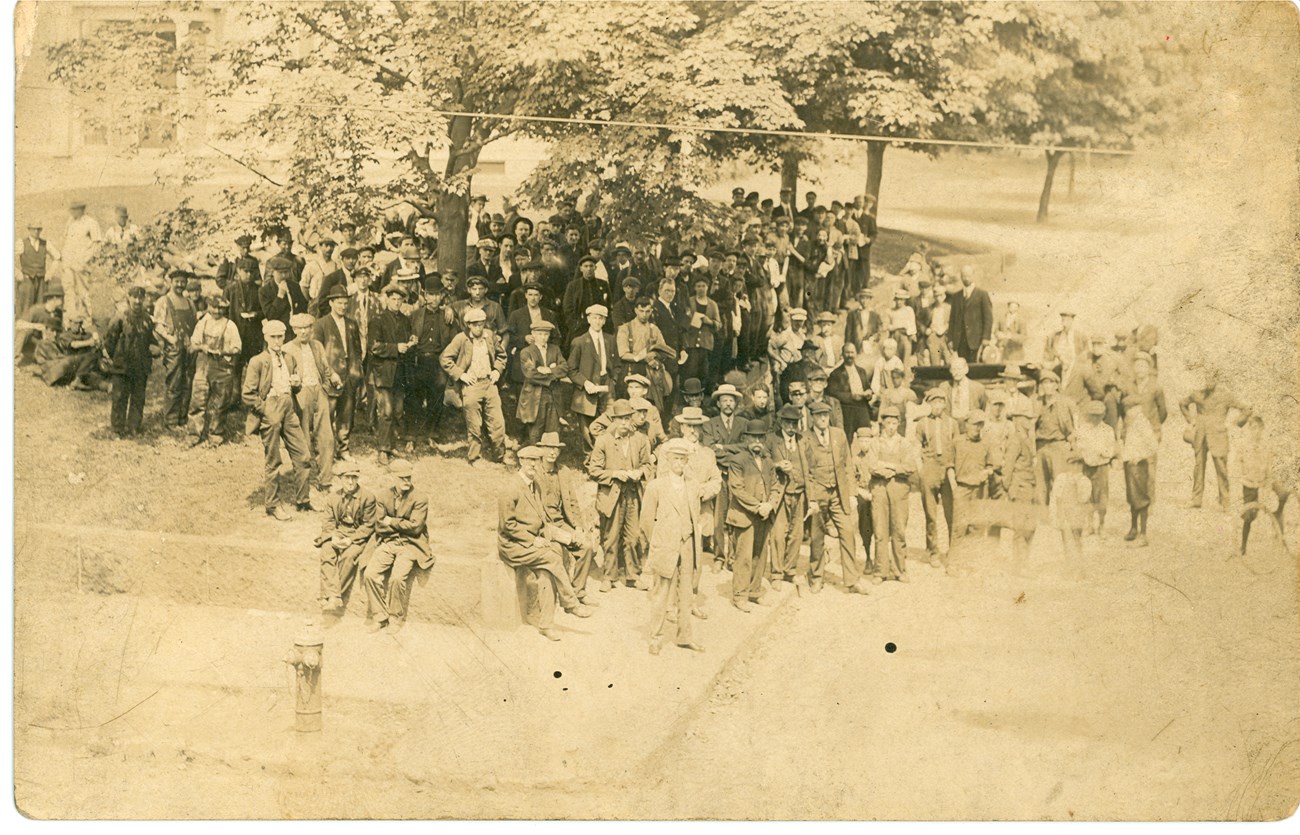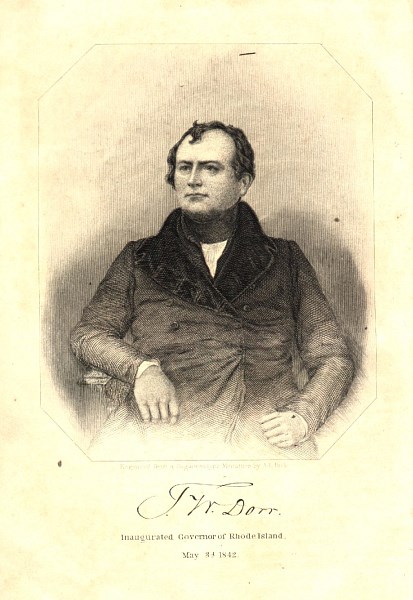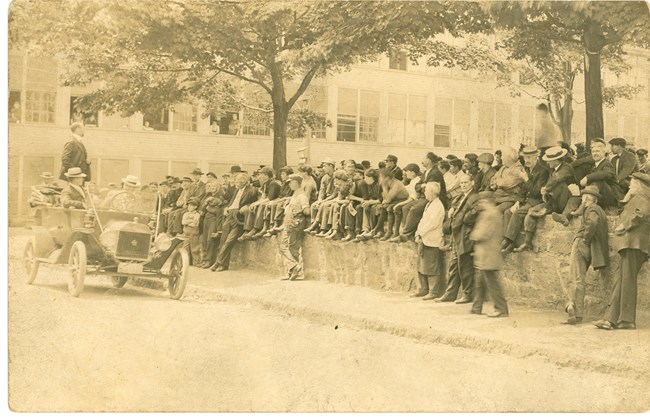
At first, individual workers expressed their unhappiness with working hours and wages by threatening to not work. Due to the small pool of potential workers, threats of not reporting to work could shut down production and kept many owners more reasonable. Unhappy workers forced Samuel Slater, for example, to shut his mills down on numerous occasions. 
In the wake of the failed Embargo Act and the War of 1812, an economic depression led owners to lay off workers in many of the new textile mills. This left a large pool of unemployed workers who learned that factory life could, like farming, be unpredictable. In 1824, when Pawtucket mill owners decided to extend the working day by an hour and decrease power loom weavers’ pay by twenty-five percent, the women who worked the power looms revolted. This culminated in a weeklong strike which resulted in the destruction of mill property. Ultimately, this forced a resolution between the owners and workers. This was the first strike in United States history led by women. 
In the following decades, the “Red Scare” limited the power of many unions. Some people saw unions, and the often foreign workers they represented, as threats to American democracy. Tensions reached a boiling point in Woonsocket and Saylesville, Rhode Island in 1934. The United Textile Workers (U.T.W.) led the strike which began in early September. For four days, federal troops fought to suppress the worker’s revolt. In the end, the strike failed, but the movement did not. Governor Theodore Francis Green signed a series of legislation on January 1, 1935, which he claimed finally realized the spirit of the Dorr Rebellion. This event, known as the “Bloodless Revolution,” marked an important step for the working classes of the Blackstone River Valley. But class tension remained in the industrial workplaces of the Valley. People, Places and Stories
|
Last updated: May 25, 2025



